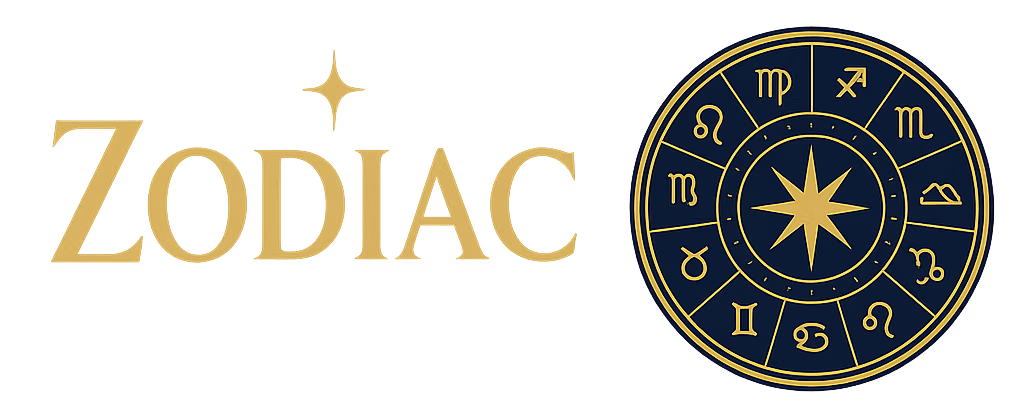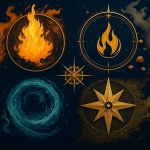Astrology isn’t only about individual insights; it also offers tools for understanding how two people mesh. Synastry the practice of comparing two natal charts maps where planets from one chart fall in relation to the other. Picture overlaying two transparent wheels: where the lights line up, energy flows easily; where they clash, tension sparks growth. Rather than labeling a match “good” or “bad,” synastry shows the style of connection, highlighting areas of quick rapport and spots that need patience and communication.
Every planet carries a role in this cosmic conversation. The Sun and Moon reveal core identity and emotional rhythms, so when they touch across charts, partners instinctively “get” each other’s moods. Venus speaks the language of affection; its links can show how love is expressed through words, practical help, or shared adventures. Mars indicates drive and desire, hinting at whether two people spur each other on or accidentally compete. Even slower movers like Saturn count, often pointing to responsibilities one partner helps the other shoulder.
House overlays add another layer. If your friend’s Mercury lands in your ninth house, their curiosity might widen your worldview through travel tips or new philosophies. A partner’s Jupiter in your second house can boost confidence around money or self-worth. These placements don’t promise specific events but illuminate the arenas where the relationship is most active. Awareness helps you lean into supportive areas and navigate trickier zones with empathy.
Aspects angles between planets fine-tune the picture. Harmonious trines and sextiles tend to feel natural, like finishing each other’s sentences without trying. Squares and oppositions feel bumpier, but they’re not deal-breakers; they reveal topics that require negotiation and growth. A Mars-Saturn square, for instance, may slow joint projects until both partners agree on a realistic pace. Viewed constructively, challenging aspects demand clearer boundaries and better timing, skills that strengthen any bond.
Composite charts round out the toolkit by blending two individual charts into one think of it as the relationship’s shared “birth chart.” While synastry shows interaction, the composite describes the joint vibe that friends and family sense when the duo walks into a room. A composite Sun in Leo, for example, can make a pair naturally draw attention as a team, even if neither person is especially outgoing alone. Checking transits to the composite chart can flag periods when the relationship itself faces growth spurts or tests.
Working with synastry is less about fate and more about informed choice. Seeing potential friction doesn’t doom a connection; it simply spotlights where conscious effort pays dividends. Likewise, easy contacts don’t guarantee lasting harmony they still need honest conversation and mutual respect. In short, synastry offers a map, not a mandate. Use it as an invitation to understand each other better and to celebrate the unique landscape you create together.








